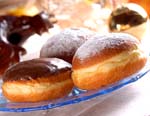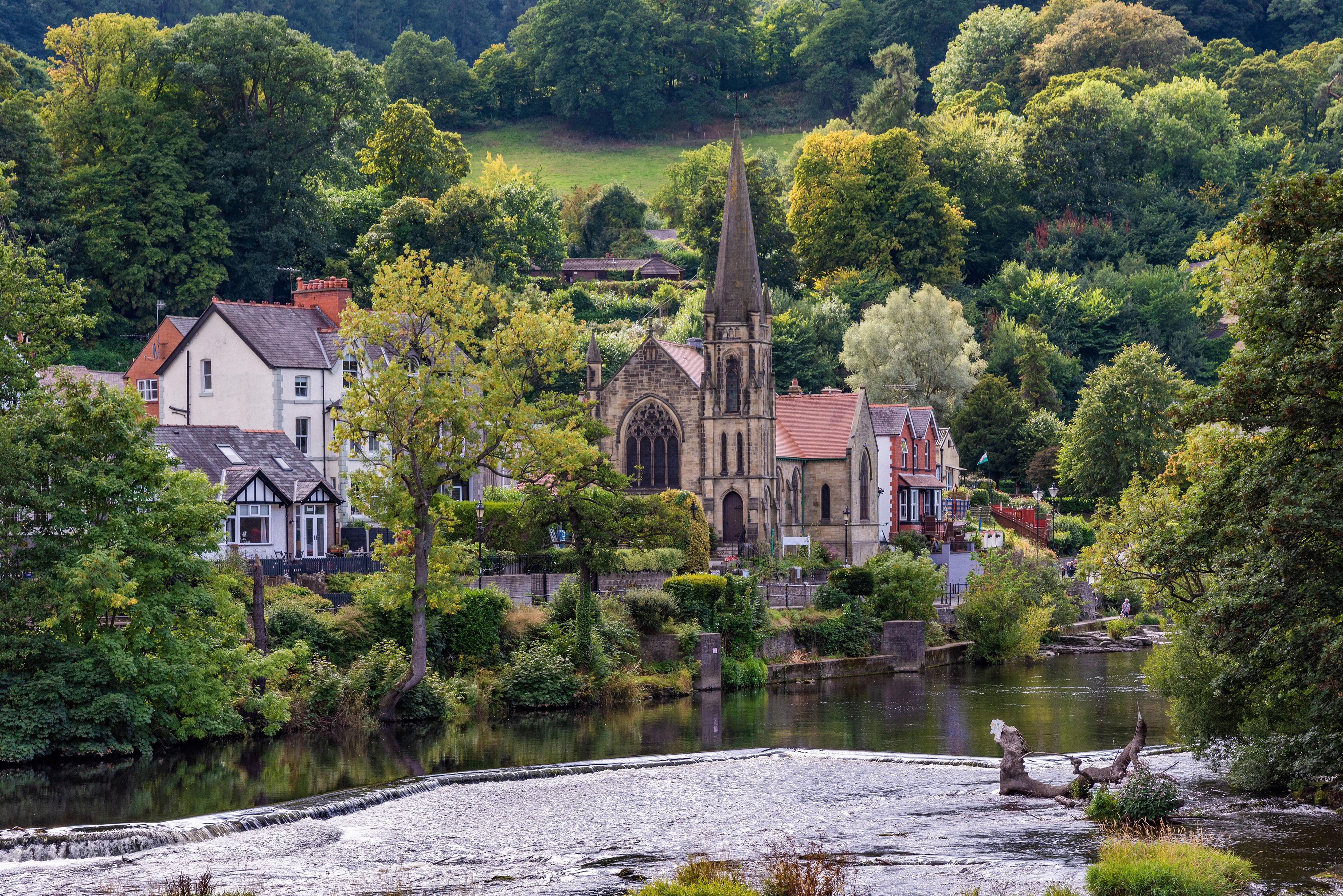Greatest recipes ever: Jacob Kennedy’s bombe calde
Thomasina Miers has an entertaining time making these sweet, tasty doughnuts to the recipe of the man who runs Bocca di Lupo


‘Jacob runs Bocca di Lupo in London's Soho, which turns out exquisite little plates of Italian food. Last year, I made doughnuts to his recipe for a large lunch party, invaded by six children along with all the grown-ups. My husband made the dough before the guests arrived, which then proved over lunch. After the meal, we had the most entertaining couple of hours I can remember, shaping the dough, making chocolate sauces and sugar-coating the doughnuts as they came out of the fryer'
Thomasina Miers
Bombe calde (filled doughnuts)
Extract from Jacob Kennedy's Bocca Cookbook Published by Bloomsbury
Particularly in the summer months, when the evening passeggiata becomes more extended and alcoholic, bars and gelaterie hang out signs proclaiming ‘bombe calde'-‘we have fresh, still-warm filled doughnuts!'. With either chocolate or pastry cream within, bombe calde are large, plump and giving, well-equipped to absorb that last cocktail or grappa-this nocturnal feast goes on until the early hours when the crowds retire. Although these beauties are always delicious, mine are, I like to think, even better: I use my grandmother Agnes' recipe for doughnuts, which is by far the best I have ever encountered. And then I fill them with far more of a chocolatey cream than is sensible.
Makes 12-14 large doughnuts
Ingredients
Sign up for the Country Life Newsletter
Exquisite houses, the beauty of Nature, and how to get the most from your life, straight to your inbox.
Dough 10g dried yeast, or 20g fresh 280ml tepid whole milk 560g plain flour 50g caster sugar A tiny pinch of salt 8 large egg yolks 2 tablespoons dark rum Finely grated zest of 1 lemon 100g unsalted butter, melted
Filling
200ml double cream 4 large egg yolks 50g cocoa powder 160g caster sugar 20g cornflour 500ml whole milk 2cm cinnamon stick 120g bitter chocolate, broken into pieces
To cook and serve
Vegetable oil Icing sugar
Method
Start to make the dough, allowing 3 hours before you wish to fry and serve. First make a yeast sponge, mixing the yeast, half the milk and a tablespoon each of the flour and sugar. Leave it to rise until frothy.
Mix the remaining flour and sugar with the salt in a large bowl, make a well in the middle and in it put the yeast sponge and all the other ingredients except the butter. Work the flour in gradually from the sides to make a sticky dough, which should be very well kneaded.
When glossy and elastic, add the butter, gradually, and work until fully incorporated. Leave the dough to rise, covered, until doubled in bulk, for a bit over an hour. Roll the dough out 12mm-15mm thick on a floured surface, and cut 10cm rounds with a pastry cutter. Dust these very lightly with flour, cover with a light cloth, and leave to rise until doubled in bulk-again, about an hour.
While the doughnuts are rising, make the filling. Whisk together the cream, egg yolks, cocoa, sugar and cornflour to make a thick paste. Bring the milk to the boil with the cinnamon stick for flavour, and whisk it gradually into the cocoa paste. Return the lot to the pan and, over the lowest flame, bring it to a gentle boil, stirring constantly with a wooden spoon or whisk.
The mixture will thicken suddenly. As soon as it has boiled, take it off the heat, remove the cinnamon stick and stir in the chocolate until it has melted. Transfer it to a squeezy bottle with a pointed nozzle and keep warm until ready to serve-I stand the bottle in a pan of hot water over the lowest heat.
To cook the doughnuts, fry them in at least 4cm of clean oil at 150˚-160˚C, turning them once when the first side is golden. They will take about 4 minutes on each side at this temperature, necessary to give them time to cook through. Drain them on absorbent paper and fill with a generous slug of chocolate filling from the squeezy bottle. Dust the bombe with icing sugar and serve them warm-there is no point to a cold doughnut.
* Subscribe to Country Life and save £40%
Country Life is unlike any other magazine: the only glossy weekly on the newsstand and the only magazine that has been guest-edited by HRH The King not once, but twice. It is a celebration of modern rural life and all its diverse joys and pleasures — that was first published in Queen Victoria's Diamond Jubilee year. Our eclectic mixture of witty and informative content — from the most up-to-date property news and commentary and a coveted glimpse inside some of the UK's best houses and gardens, to gardening, the arts and interior design, written by experts in their field — still cannot be found in print or online, anywhere else.
-
 About time: The fastest and slowest moving housing markets revealed
About time: The fastest and slowest moving housing markets revealedNew research by Zoopla has shown where it's easy to sell and where it will take quite a while to find a buyer.
By Annabel Dixon
-
 Betty is the first dog to scale all of Scotland’s hundreds of mountains and hills
Betty is the first dog to scale all of Scotland’s hundreds of mountains and hillsFewer than 100 people have ever completed Betty's ‘full house’ of Scottish summits — and she was fuelled by more than 800 hard boiled eggs.
By Annunciata Elwes